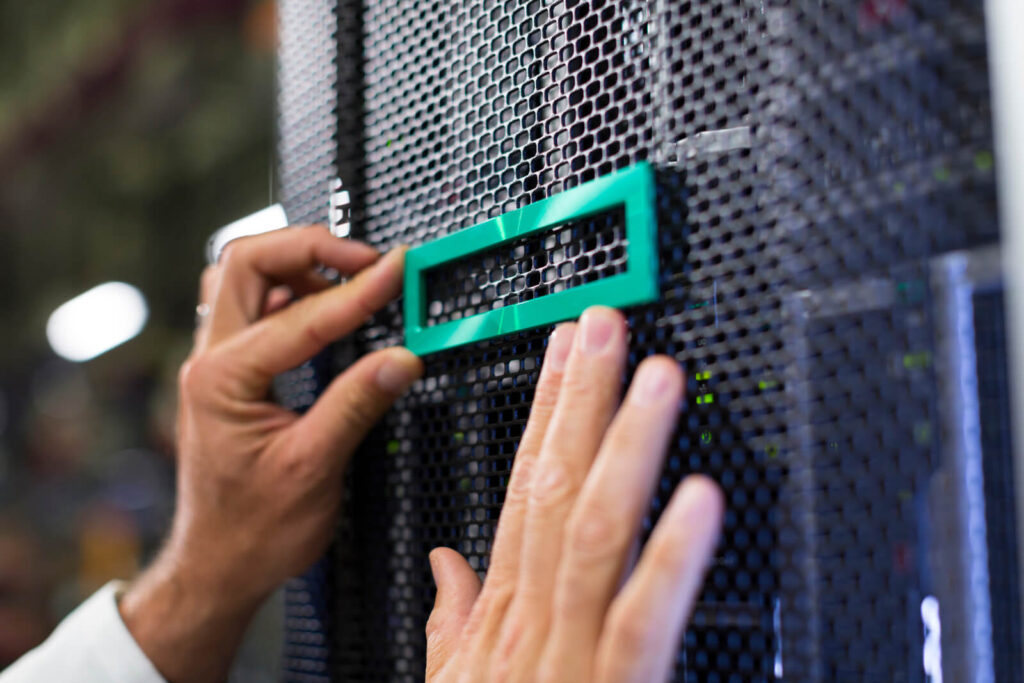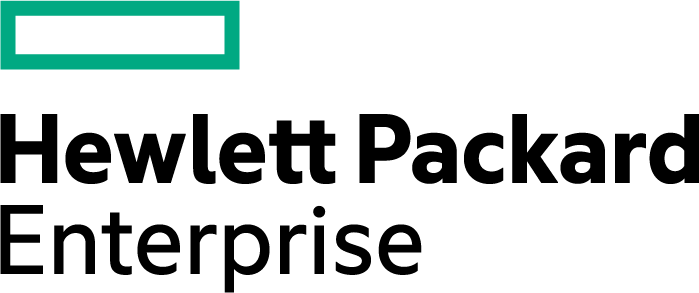What is a supply chain? And, in the current climate, what constitutes a successful supply chain transformation? For a company that has made its name through technical ingenuity, it could be expected that digital enablement has been the priority. But Hewlett Packard Enterprise’s Vice President for the Service Supply Chain, Danny Berry emphasises that transformation has also required an all-encompassing, whole-of-organisation approach.
Hi Danny. Many people are familiar with the Hewlett Packard Enterprise brand, but could you give us a brief overview of the company and organisation’s area of expertise specifically?
Hewlett Packard Enterprise (HPE) is a multinational edge to cloud IT company that has been around a long time and founded Silicon Valley. Today, it does more than $28 billion in revenue and has around 60,000 employees globally. We support enterprise customers through a classic buy-sell model as well as through an on-premises, cloud-based subscription model called HPE GreenLake.
I lead the supply chain organisation that supports HPE’s service customers and channel partners. We have three distinct but highly integrated teams. The first supplies HPE spare parts across 170 countries in support of customer service contracts. The second sells certified HPE spare parts to non-contract customers. And the third provides IT services that help to turn individual server, storage and networking products into complete, customer-ready IT solutions. We have employees around the world focused on delivering an excellent customer experience daily.
Click Below: view the magazine version of this content
Overseeing global supply chain operations, from an outside perspective, has seemed like something of a thankless task in recent years. What has it been like in the eye of that storm?
I think any supply chain professional across any industry would say they’ve been navigating a period like no other.
The COVID pandemic challenges required very fast tactical responses to ensure our parts were still flowing to customers, while at the same time, our people were adapting to the new norms of hybrid working. Everyone across the IT Industry has seen waves of IT component shortages in many categories, and with unbalanced supply and demand it’s typical to see pricing fluctuations. Logistic network challenges around the world have been well documented in the media, and then of course there is the ongoing situation in Ukraine. Any supply chain professional has had their fair share of headaches over the past few years. That being said, I’m very proud of how my organisation has navigated these external headwinds.
It’s also interesting how these challenges have put the supply chain onto centre stage for many companies and industries. I see reports suggesting that supply chain courses are now among the most popular across universities, and future crops of CEOs will come from the supply chain domain. I am not sure I would have read things like that five years ago.
What specifically has been your approach to transformation during this period?
So, at top level, we thought about our journey in three, one-year phases.
Year one was really all about establishing a strong organisational and performance baseline across all areas. When your metrics are in good shape, that is actually the best time for a change. We also built our case for change, which focused on the changing needs of customers, more expectations around self-solve, product fails becoming rarer, and therefore less replacements being needed. In essence, phase one was really about preparation for our transformation.
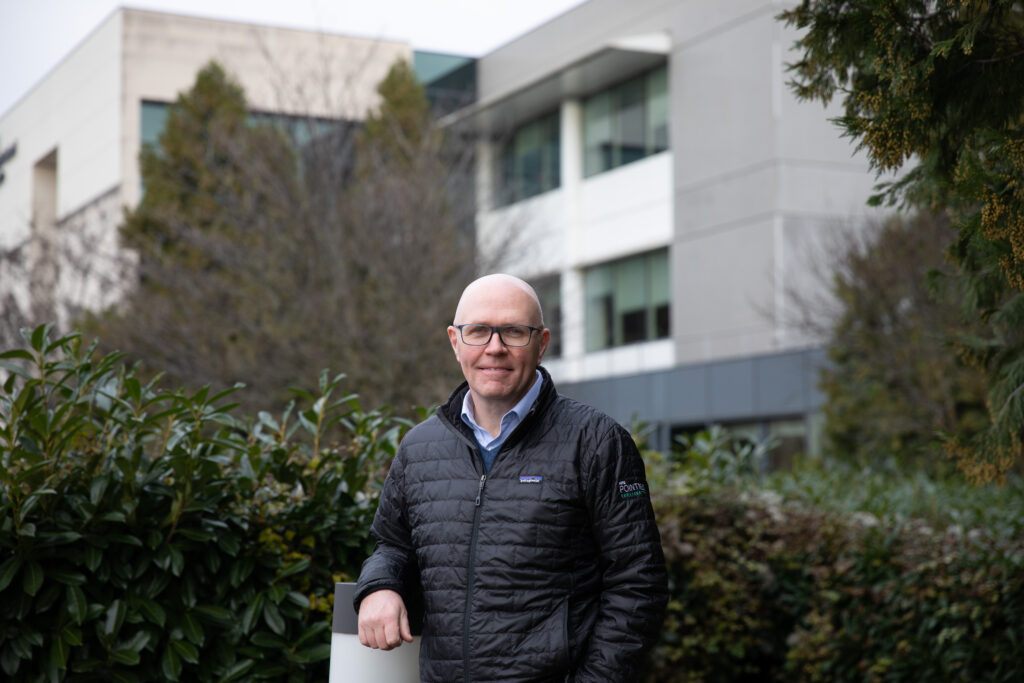
Year two was the guts of our transformation programme. We targeted more than 80% of our activities to be completed in that timeframe and we drove strong programme governance and management of change right across the organisation. Driving a lot into one year puts pressure into the system, but we did not want our organisation to become fatigued by multi-year efforts, so it’s always a risk trade-off. We did all the typical programme things – structured workstreams, empowering our workstream leads, getting early wins for momentum, regular execution tracking, and spent a lot of time on communications activities to both share and receive feedback.
Then, finally, year three is all about optimisation and fine tuning to close out the remaining activities and tie up loose ends.
The workstreams sound particularly interesting, can you give us more detail on these?
Sure, our most foundational workstream was focused on getting a very clear understanding of our process landscape. Processes are the way we do things on a daily basis, and are really a mindset thing. We have promoted a process mindset through lean skills training and Kaizen process improvement work, so we have developed good process DNA across the organisation overall. But we decided to set up a team of handpicked experts from different areas to conduct widespread process assessments.
Once we had a better and deeper understanding of our process landscape, we began driving each process through a decision tree: Should we leave the process as is? Should we simplify or standardise it? Does it need a broader redesign? Can we drive automation into process steps to improve it? Should we migrate it between locations or should we outsource it to a partner? These are all important operational decisions.
A good example of this was in forecasting and planning, which is probably one of our most important process spaces. Essentially, if you want the right part in the right place at the right time, you have to have a solid planning backbone, otherwise you spend a lot of time band-aiding mistakes. We have redesigned our processes to give planners end-to-end responsibility for planning parts at a total network level and for all lifecycle stages of a particular part. We have also removed logistics and IT systems roadblocks to allow free movements of parts between all locations. These types of process changes allow us to remove distortions in planning signals, better manage any expediting or rebalancing situations, and finally reduce inventory excess and obsolescence in our network – all of which are very beneficial.
Clearly these workstreams seem to have been the bedrock of recent transformation efforts. Are there any further activities under this banner that you can share with us?
There was quite a few!
We had a workstream focused on process outsourcing, which I always find interesting as it gets to the heart of supply chain strategy and core competencies. Thinking through our processes and deciding what should we do ourselves (“a make decision”), versus, what should we outsource to a partner (“a buy decision”), is always a great debate. All the process analysis work we did helped to ensure we were outsourcing well defined processes, and that’s critical. You never want to outsource a badly defined process! And then, if you add that to solid partner selection, you have a good chance of outsourcing success.
Next, we had a workstream focused on process automation, basically looking for ways to replace manual steps with automation within our processes. For this workstream, we took one of our analytically orientated teams and refocused and retrained them in automation/RPA skills. We have seen some good progress here and it’s all been good development for our employees. I am not sure complete end-to-end process automation is realistic in supply chain environments, but a lot of progress can be made on manual steps within processes, and we keep pushing and learning in this area.
We also had another workstream to add a new strategic hub in our APJ Region, to complement the hubs we set up for our EMEA and AMS Regions. We decided to co-locate our new APJ hub with other parts of the broader service delivery organisation to tap into great local talent, and also give employees more career path options.
The next workstream I will describe was really built on top of the others just mentioned. The combination of process outsourcing, process automation, and our new operation in APJ created capacity at the hub layer of our supply chain. We then used our process landscape investigations to identify processes and roles to move to the hubs, and utilise all the capacity we had created. We actually called this part of our transformation programme, ‘Relay’; because our processes were like relay race batons moving from strategic hubs, onto outsource partners, and then from a variety of our global locations into our strategic hubs.
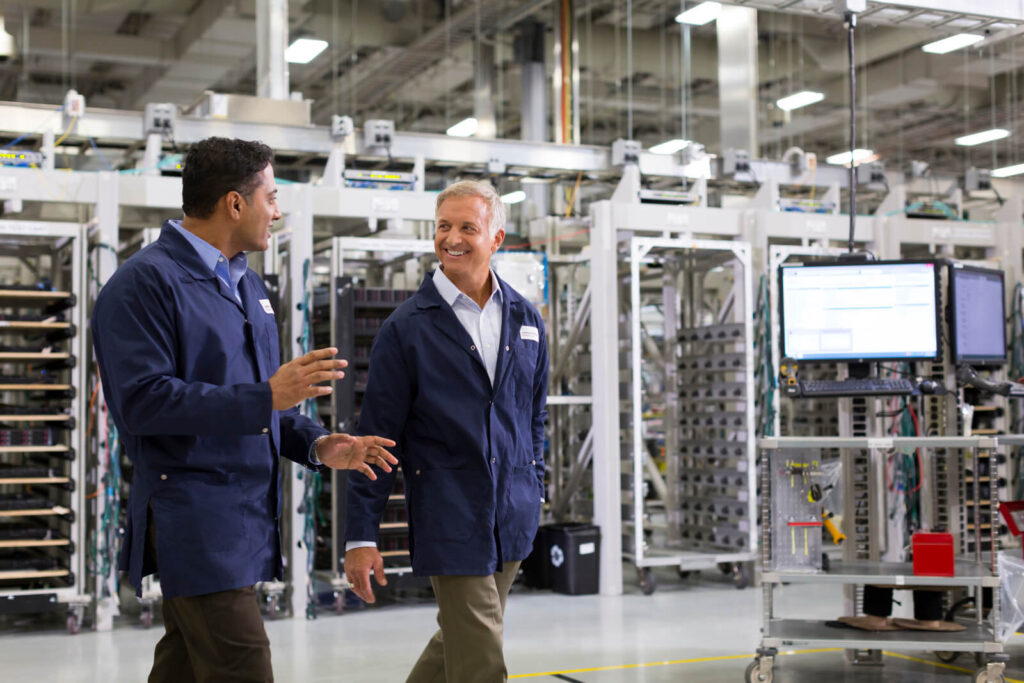
How significant has the ‘digital’ part of transformation been in your recent efforts?
The simple answer is impactful, but it’s an interesting discussion. Digital transformation can mean different things to different people, plus there’s a gap between media hype and deployed reality in my opinion. I would say we have taken a focused approach in the digital space and looked at ways to deploy key proven digital technologies like automation and artificial intelligence, but very much in a process context.
I touched on automation earlier and we have also been working a roadmap of AI investigations in our supply chain. We have formed a strong relationship with our expert AI consultants in HPE, and we work on joint projects in our internal supply chain environment. We get supply chain improvements, and our supply chain employees gain deeper AI skills working with the best. In parallel, our AI consultants get insights and use cases for external customers, so it’s a win-win.
We have undertaken projects in a whole range of areas including data quality improvements on bills of materials and contracts data, inventory modelling, process improvements in parts ordering, identifying situations where parts may be erroneously ordered and returned unused, and in aspects of supply chain network design. I would say all have been insightful, and some have been very impactful.
In addition, we are also heavily engaged in a programme to deliver a digital services experience to our customers. They can assess the health of their IT environment, they can also get knowledge if they want to self-solve problems, or alternatively they can use an AI-guided bot to troubleshoot issues. In the near future, customers will be able to extend their digital services experience to order parts after troubleshooting, to track a shipment, to return a defective part, to buy a part, and finally, to run the spares management solutions we sell today.
So, I typically frame things as “supply chain transformation”, where we utilise a range of different operational and digital plays, to improve customer experiences and operational performance. Transformational work in the supply chain space will always be a combination of things, in my opinion.
How challenging has it been to maintain a positive culture for employees at a time of industry supply chain challenges and intense transformation?
I think all supply chain professionals would say it’s been a tough environment recently and then we added a very large transformational programme, with process changes, outsourcing, automation, role moves, organisation restructuring, new site startups and more. Bottomline there’s been a lot going on, to state the obvious.
We had to spend a lot of time thinking through our management of change plans and I think that paid dividends through the transformation. We did many things in this space. We shared information on all employee meetings and the case for change and direction. We did many informal lunchtime sessions to share info on specific topics. We provided clear one-page summaries called ‘Transformation and Me’ to clarify specific changes and impacts per team. We set up a global Q&A mailbox to take questions at any time on any topic, and many other things as well.
Basically, lots of ways to keep employees informed and gather feedback from across the team, as we progressed. In parallel, we are strong advocates of ‘development by doing’. Giving employees opportunities to do new roles or the same role with new responsibilities is development by doing, and we have encouraged numerous examples of this across the organisation. This is career goodness in my opinion.
We do a very in-depth employee survey each year across HPE and we saw no volatility in supply chain employee feedback numbers, and in general, HPE maintains industry-leading levels of employee engagement overall. So yes, it was tough, no debate, but also with many people positives.
Continuing the people theme, we hear about companies striving to drive improved equity and inclusion in the workplace. What has been your approach in that area?
We have a long history of doing the right thing at HPE. As far back as the 1960’s we were rolling out equal opportunity policies and we had resource groups (RG’s) for under-represented demographics across the company.
Over time we have continued to do the right thing. We provide training and education right across our workforce, we have more RG’s globally now, we run special forums, set managerial goals and KPI’s, and many other dedicated activities. Each year we produce a very detailed and transparent summary of HPE’s Environment, Social & Governance (ESG) activities in a report called Living Progress, and we have picked up many awards for our progress along the way.
But it’s not just an ethical thing – it makes complete business sense. If you want to sell into a diverse set of markets, having a diverse company that reflects those markets is a no brainer for me. Plus, customers around the world are much more vigilant to these issues and increasingly look for suppliers and partners with strong ESG credentials.
When I look at my supply chain organisation, our ratio of female to male employees is significantly above the industry average; we have diverse representation across our managerial and executive teams; we provide great training and education to employees; we drive improvements through targeted activities like our female development programme; and we encourage a lot of volunteering work across the world.
All of those things give us enormous pride.
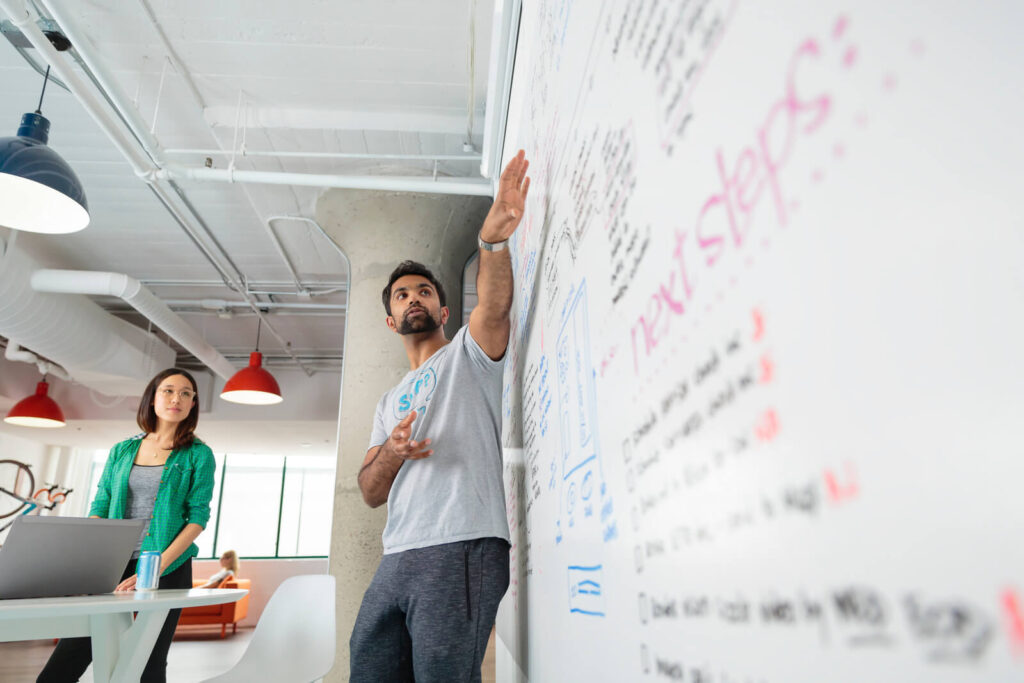
And of course, when mentioning ESG, I presume sustainability is an equally prominent focus for HPE?
Well, it’s vitally important for everyone. But at a company level we are working hard to achieve net zero emissions. Last year, we announced that we will accelerate our commitment to zero emissions to 2040.
We were one of the first in the industry to set targets aligned to climate science – or our ‘science-based targets’ as we call them. This gives us a more standard way of tracking emissions – a more rigorous, data-driven approach, which I like.
The second thing I like, is how we take an end-to-end value chain approach – not just looking at ourselves and how we generate emissions, but also looking up the value chain into our vendor base, at things like part manufacture and logistics; as well as looking down the chain into our customer base and their usage of our products. When you take an end-to-end approach, a small percentage of emissions come from HPE’s actual operations. The majority of emissions come from products and then from manufacturing and logistics processes.
So, if we want to drive decarbonisation, we need to look at things like our product and solution design. That could mean driving efficiencies in power supply for example, or rightsizing CPU’s/GPU’s in IT solutions and ensuring IT estates are not over-provisioned. It’s also why the company’s strategy around HPE GreenLake is so vitally important. HPE GreenLake solutions can be flexed up and down, and customers pay for the outputs they use. Then, when parts of the IT estate are coming to an end, we can pull them back and refurbish them in some of the biggest refurb facilities in the industry, to find a second life for IT equipment. It’s circular supply chain in action.
It also means we need to partner with the right manufacturing and logistics vendors who show the same levels of commitment as us. Partners who are investing in sustainable production technologies, low emission vehicles, sustainable fuels and the like. These types of considerations are very important to us in terms of identifying the right partners now, and in the future.
Taking everything into account, what have been your biggest takeaways from all of this transformation, and how does that translate into a forward-looking mission for the future?
That’s a great question to end on.
When you think about transformation you often gravitate towards the techy stuff. It could be the process analytics, aspects of automation or AI, the changes in IT infrastructure, and so on. But the bottom line is, transformation is centred on people and it’s easy to forget that fact, particularly in a tech environment. People need to stay central to your thinking.
I would then say that, realistically, you don’t know everything at the start of a transformation journey and it’s important to be authentic with your people, both at the start, and throughout the journey. On top of that, the journey is never a straight line. There are bumps in the road and progress is as much driven by team tenacity and attitude as it is great programme skills. It’s an align and grind mentality, that they don’t tend to tell you on programme management courses. Fostering the right mindset across a team is half the battle, in my view.
And then it all boils down to execution. Whether it’s transformation, strategy, delivering a budget number or a great customer experience, it’s all about the execution. And it’s the culture and mindset that drives your probability of execution success.
Regarding the future, we think in terms of a few key phrases. Being Customer Obsessed and providing the best customer experiences we can, will always be on our minds. When done well, the supply chain can be a very strong Competitive Weapon for any company, and that is a constant driver for us as well. Similarly, if we are not thinking about smart, Digitally Enabled process opportunities, then we are not thinking about the right things.
Furthermore, as leaders, we have to deliver the numbers of course, but creating a Diverse & Inclusive environment gives us the best probability of delivering those numbers. We all have our role to play in Zero Emissions whether, it’s inside or outside work. And then, finally, the supply chain can be a great career choice or a great career stepping stone, where you can pick up a range of transferrable skills for different areas. So, we want to ensure we are providing Value-adding Development for our people.
That is our mission, and that is our legacy as a supply chain team. I am lucky and blessed with a fantastic organisation, that leaves me in no doubt we will get there.

